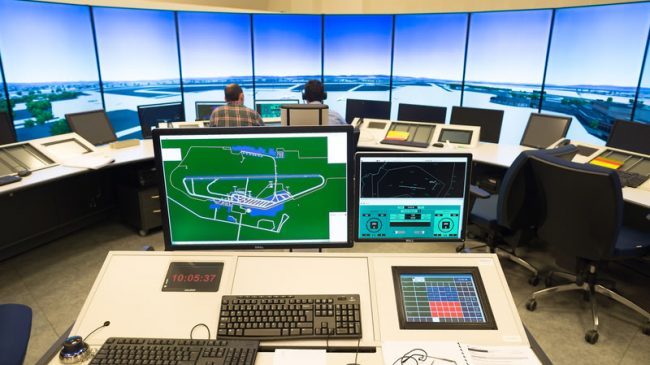Ending considerable speculation, the Trump administration’s initial (“skinny”) budget proposal released today, America First: A Blueprint to Make America Great Again, includes the following as the first words in its summary of changes at the U.S. Department of Transportation:
“Initiate a multi-year reauthorization proposal to shift the air traffic control function of the Federal Aviation Administration to an independent, non-governmental organization, making the system more efficient and innovative, while maintaining safety. This would benefit the flying public and taxpayers overall.”
This is a very welcome development. It will free Transportation Secretary Elaine Chao to talk positively about this much-needed policy change. It reinforces the goal of Rep. Bill Shuster (R-PA), chairman of the House Transportation & Infrastructure Committee, whose FAA bill last year to do this never made it to the House floor. It may also embolden House and Senate Republicans who were unsure of the political viability of embracing this major change.
The only drawback I can see is that President Trump’s endorsement will not do anything to build bipartisan support for this critically important good-government reform. That’s unfortunate, since the concept was first put forward as a legislative proposal by the Clinton administration in 1994-95. It originated in Vice President Al Gore’s reinventing government project, the National Performance Review. The inspiration for that was the 1987 corporatization of the air traffic control system of New Zealand as a government corporation, funded entirely by charges paid by airspace users (and quite analogous to utilities of all kinds, whether public or private). The Clinton-era bill would have created the U.S. Air Traffic Services (USATS) corporation as a user-fee-supported government corporation. Though endorsed by then-Transportation Secretary Federico Peña and FAA Administrator David Hinson, it failed to gain traction in Congress.
Over the past 30 years, some 60 countries have carried out similar transformations, separating the high-tech service business of air traffic control from the inherently government function of aviation safety regulation. Studies by academics, think tanks, and our own Government Accountability Office (GAO) and Congressional Research Service have found that corporatization has worked well in these many overseas cases.
My own assessment, shared by many others, is that the best example is the nonprofit, private Nav Canada, which celebrated its 20th anniversary last year. As the world’s second-largest air traffic control (ATC) provider, Nav Canada has introduced numerous technology modernizations over the past decade that FAA is still struggling to develop and implement in the United States. Nav Canada is the inspiration for the proposed U.S. air traffic control corporation proposal that has been embraced by the major airlines, the air traffic controllers’ union, former DOT secretaries and FAA officials, and a large array of transportation researchers.
My own work on this reform began during the first year of the Reagan administration, when the now-defunct controllers’ union, the Professional Air Traffic Controllers Organization (PATCO), called an illegal strike that led to striking workers being fired.
My White House briefing on rebuilding the system as an air traffic control corporation was too radical for DOT and FAA at the time, but thanks to several subsequent policy papers that I researched and wrote, the airlines embraced the idea in 1986. My work continued during the Bush 41, Clinton, and Bush 43 administrations, and included meetings and briefings with officials at FAA, the DOT Secretary’s office, OMB, and White House policy staffers. But the idea never quite reached critical mass.
The key breaking point was the federal budget sequester in 2013, which furloughed controllers and threatened to shut down 150 smaller control towers. Those events led the airlines and controllers to see the logic of de-politicizing ATC by getting it out of the federal budget, funding it by fees and charges rather than taxes, and governing it as a kind of user co-op, with a governing board nominated by all major aviation stakeholders—and arm’s length safety regulation by the remaining FAA.
That is the Nav Canada model, and that is what the new federal budget embraces. With this important endorsement, in many ways we are back to where the Clinton administration was in 1994-95. Except that today a strong aviation and business coalition has embraced the idea. And we also have the excellent track record of 60 other countries that have already carried out this reform. This bodes well for the United States to finally get in step with the rest of the world on separating a high-tech air traffic control service business from politics and bureaucracy. I look forward to analyzing the progress of these efforts in my air traffic control email newsletter.

